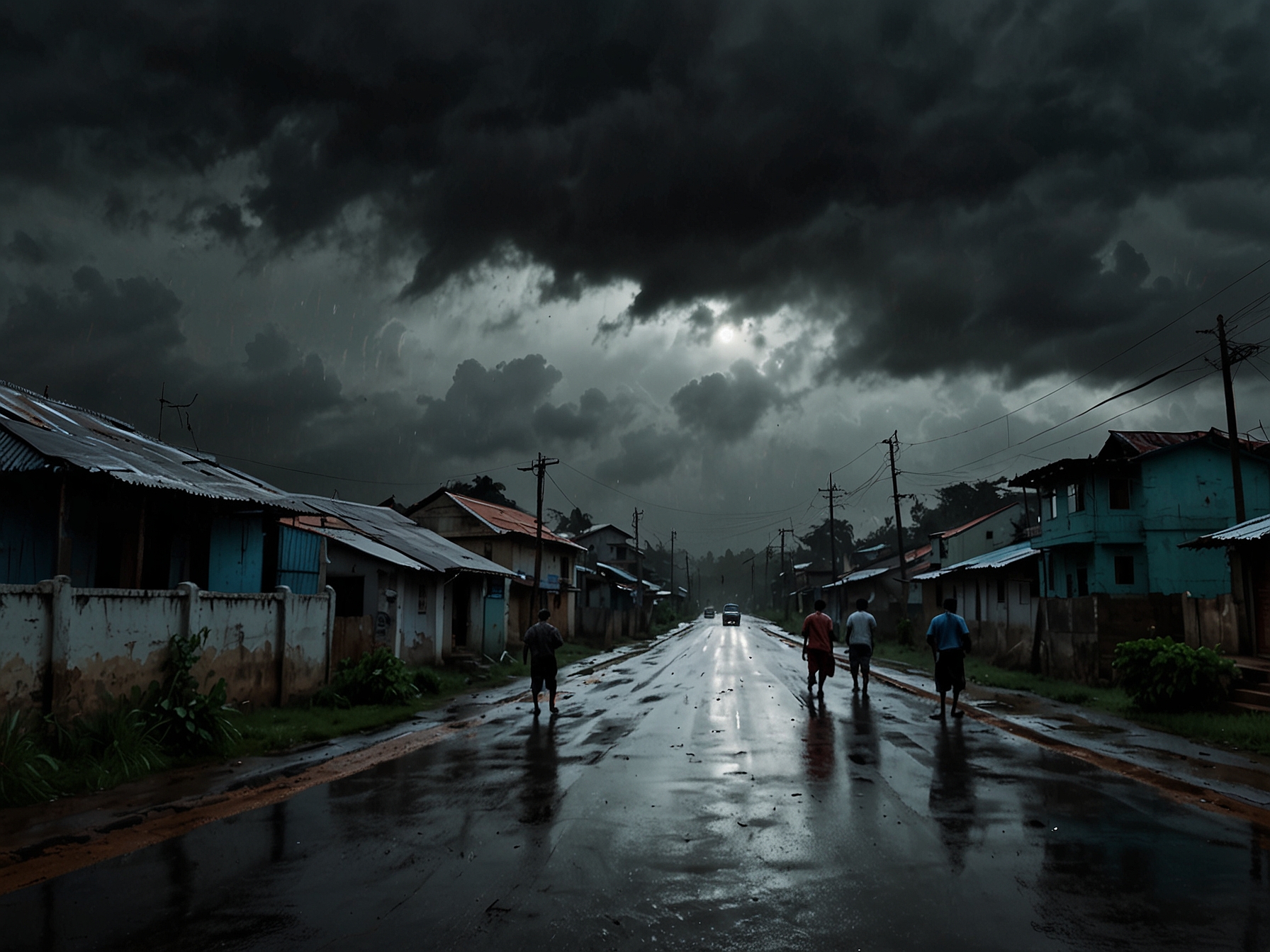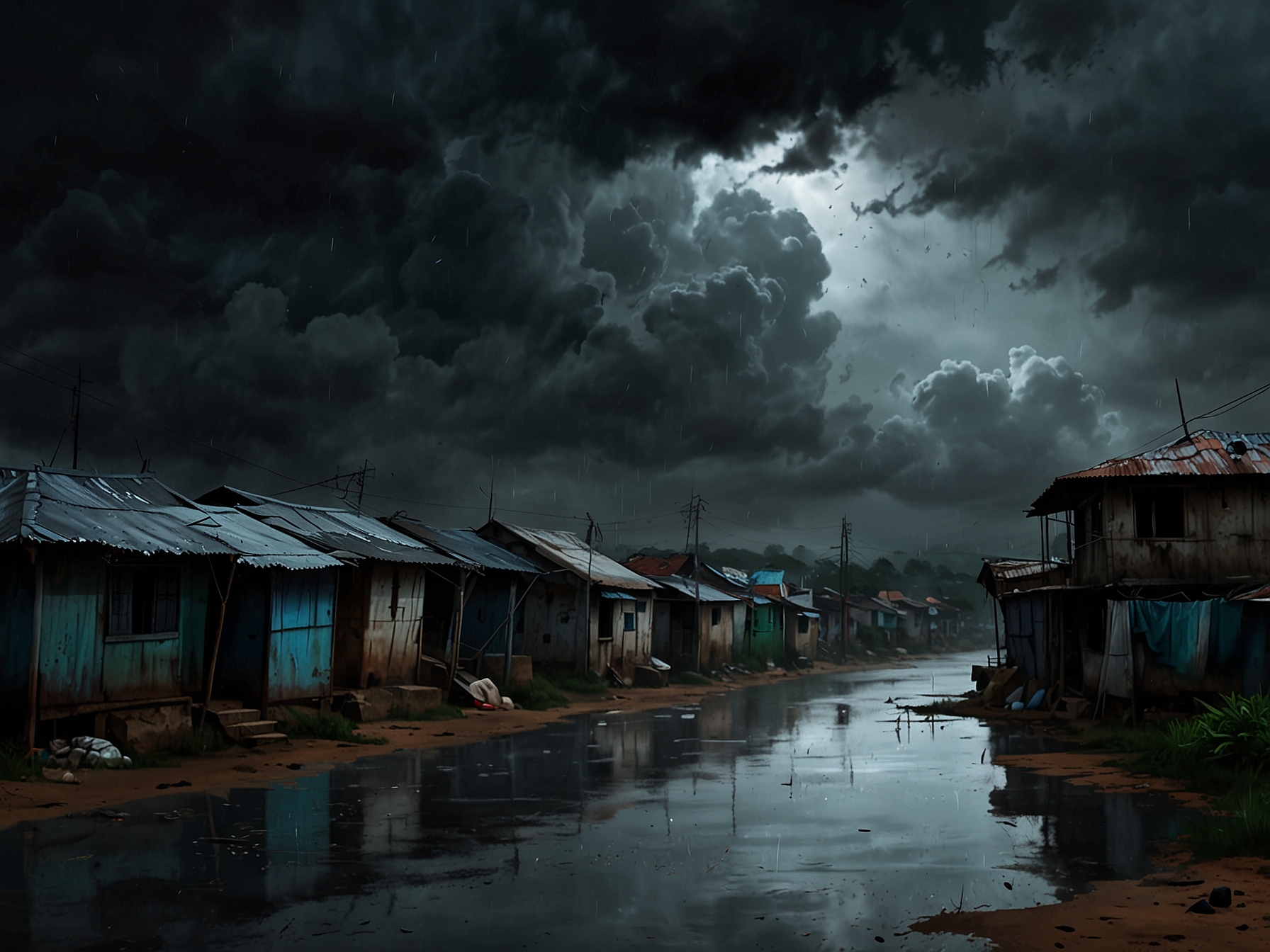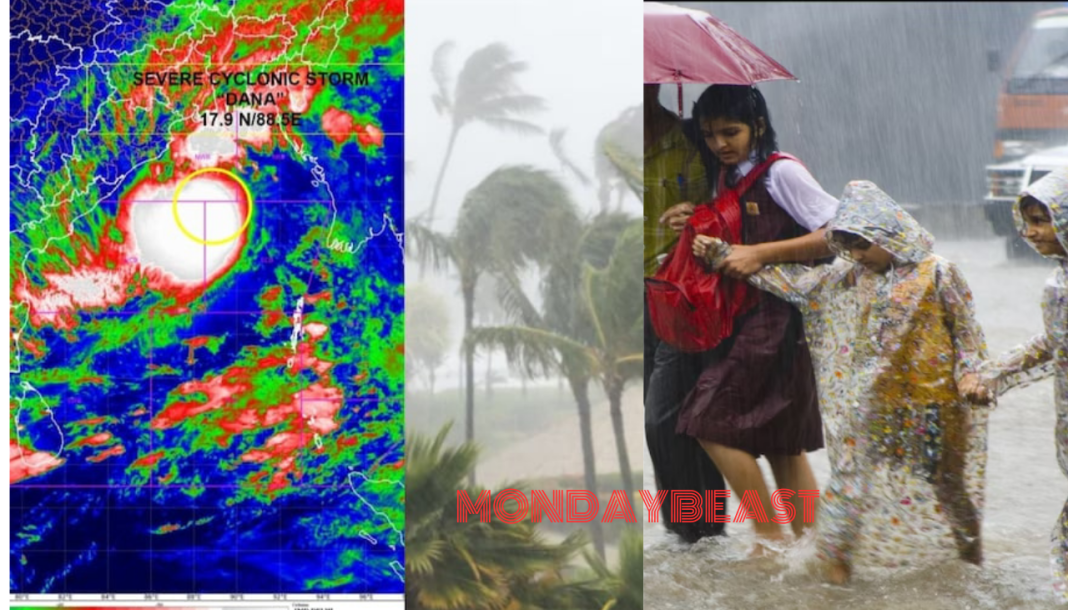The Indian Meteorological Department has issued a heavy rain alert for Andhra Pradesh and Telangana. This warning comes as a cyclone potentially looms over the region. The forecast suggests that from November 27 to the end of the month, extensive rainfall will be reported across various areas.
As the threat intensifies, many residents may wonder about their preparedness. Will local infrastructures withstand such a deluge? How do communities typically rally to protect one another from nature’s fury? These questions highlight both a concern and a community spirit.

Meteorologists predict that by November 27, a low-pressure area in the Bay of Bengal could transform into a severe cyclone, making coastal regions particularly vulnerable. The director of the Visakhapatnam weather center, Jagannath Kumar, cautions about the impending changes. He urges everyone to stay vigilant and prepared.
Across the districts of Nellore and Prakasam, the forecast indicates heavy to very heavy rainfall. Local authorities are on high alert, readying disaster management teams. This proactive measure aims to mitigate risks in the vulnerable areas.
The clouds gather, dark and heavy, as many locals brace themselves. Some already experience flashbacks to previous torrential downpours. Those moments serve as a reminder of nature’s strength.

It’s an eerie feeling, getting ready for the onslaught. As families rush to gather essentials, thoughts often drift to safety. Stocking up on food and water has become a ritual during storms.
What about those who cannot prepare? Will neighbors lend a helping hand? Anxiety rises when it’s known that the cyclone could gain strength before making landfall around Tamil Nadu and Sri Lanka. The implications for both regions, inclusive of Andhra and Telangana, are significant.
Historical data shows that severe cyclones have often caused destruction. With winds expected to gust up to 65 km/h along the southern coastline, fishing communities are already warned against venturing out to sea. Fishermen and their families share in this collective worry.

Their livelihood depends on favorable weather. What happens when conditions take a turn for the worse? As communities brace for the impact, many turn to social media for updates. Platforms become lifelines of information-sharing.
How can this digital connection foster greater safety measures? In addition to the storm impacts, concerns about infrastructure weaknesses surface. Are homes built to withstand such severe weather?
With the focus increasingly on climate change, these questions also prompt deeper discussions. Amid all this uncertainty, it’s vital to remember the power of community. People helping others can make a remarkable difference.
Will neighbors come together to provide shelter and resources for the most vulnerable? As we approach December, forecasts suggest some relief might be in sight. But will the aftermath of storms leave residents to rebuild again?
It remains a waiting game. The emotional weight of such preparation and resilience hangs in the air. The concerns surrounding public safety regulations highlight the necessity for effective communication.
Authorities need to respond decisively. The potential for loss, be it life or property, creates an unsettling reality. Understandably, thoughts will linger on the uncertainty of what lies ahead.
How will the storms affect local economies, daily lives, and future preparations? Anticipating leftovers from nature’s wrath encourages us to think long-term. As local officials prepare for possible emergencies, they emphasize a need for collective action.
Their action plans suggest shelters and support systems that discern real needs. Will this be enough to comfort those in fear of losing their homes? By shedding light on these preparatory measures, this article aims to foster conversations.
Urging readers to think critically about their own situations may inspire action. Perhaps joining forces in solidarity makes the storms slightly less daunting.




